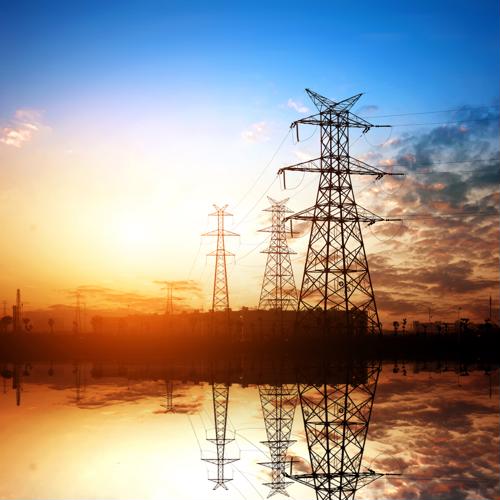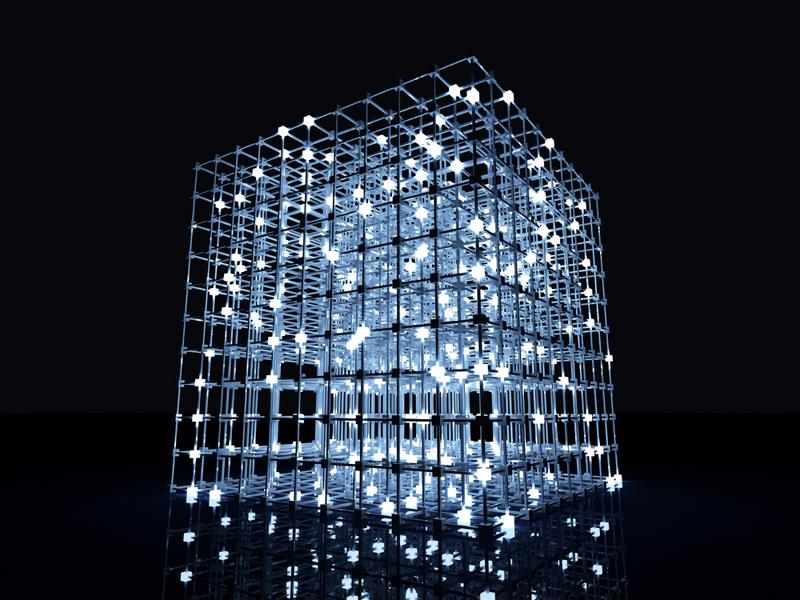
How IoT is helping utility companies create sustainable energy ecosystems
By Max BurkhalterAugust 5, 2019
The internet of things has had a profound effect on commercial, industrial and customer landscapes around the world, helping to drive efficiency, reduce waste and develop new digital applications that will propel smart cities forward. And while many IT experts have been hyper-focused on the cybersecurity limitations of current IoT devices and networks, there are plenty of successful use cases that speak to the technologies' positive impact. For example, utility companies started deploying "smart meters" over a decade ago to collect more accurate data on energy usage and optimize their distribution systems. In the time since, these devices have played a key role in improving the resilience of the U.S. power grid and integrating distributed energy resources, according to the Edison Foundation. As of 2016, smart meters had been installed on more than 55% of American households.
How smart meters benefit consumers
Like most IoT applications, smart metering allows individuals and organizations to collect and analyze a massive volume of data. Using this information, electric companies have been able to create more intuitive pricing structures and improve the visibility of end users' energy consumption. This has provided customers with more direct oversight of their power usage, along with a variety of supplemental services, including:
- Load control
- High-usage alerts
- Web-based energy management
- Power outage notifications
- TIme-based pricing
While these features may seem like minor conveniences on the surface, they offer consumers more control over their utilities than outdated legacy systems. For example, most non-smart electrical meters are only able to track total energy consumption, limiting end users' ability to make cost-effective adjustments to their energy habits. This affects both individual household and commercial buildings, as a lack of information on power usage can lead to overconsumption and poor management of resources during peak hours. But how can "smart grid" technologies resolve these issues?

Understanding the smart grid
At its foundation, the concept of a smart electrical grid is all about enhancing utility companies' monitoring and control capabilities to more effectively manage energy resources. For example, modern distribution systems utilize information sharing and wireless communication to track demand in real time, rather than relying on historical data and guesswork. According to research from McKinsey & Company, proper smart grid deployment could help save the U.S. more than $130 billion annually by 2020. Additionally, these digital improvements could enable the intelligent networking of energy systems with other municipal infrastructures, such as traffic control applications, emergency services and more.
Smart grid systems are typically comprised of advanced sensing, data management, communication and control technologies. When paired with IoT devices in the field, these capabilities allow grid operators to efficiently coordinate energy processes and reduce the impact of unplanned downtime. According to the U.S. Department of Energy, smart grid deployments are built on three key elements:
1. Smart field devices and sensors: Managing a large electrical grid requires significant visibility and oversight, as frequent service disruptions can cause serious quality-of-life issues for individuals and businesses alike. This partially accounts for why utility companies have begun outfitting their physical grid infrastructures with IoT devices that can monitor homes and facilities with precision. Not only can this enable better decision making, it also gives utilities an opportunity to adjust their processes to the exact regional demands of their users. Some of the common devices include smart meters, phasor measurement units and other intelligent electronic equipment.
2. Communication networks: As with most IT environments, the demand for fast and reliable data transmission is directly proportional to the number of networked devices installed in a given smart grid application. Now that utility companies have started deploying a greater number of IoT devices, they will increasingly rely on strong communication networks that offer high speeds and minimum downtime. Since most smart grid technologies are specially designed to share data between endpoints, it's also important to integrate cutting-edge cybersecurity protections that can keep consumers' information safe from hackers.
3. Information management and computing systems: Collecting high volumes of behavioral data is only one step in the process, as utility companies also rely on IT management platforms to process, organize and analyze the information they amass. These digital tools allow utilities to make sense of energy consumption trends and develop actionable strategies for improving their distribution systems. According to the DOE, recent advancements in data modeling and analysis are enabling "the application of probabilistic and predictive approaches for grid management."
The modernization of the U.S. energy grid is still a work in progress, and it will likely take several years to develop the reliable, flexible and efficient electrical systems needed to power smart city innovation moving forward. Luckily, Perle offers high-performance networking tools that can keep utility companies tapped into their IoT devices around the clock. Our durable Device Servers and Ethernet Switches are graded for industrial use and can be easily integrated into existing network infrastructures. Read some of our customer stories to find out how we've helped other utilities take full advantage of their IoT systems.



